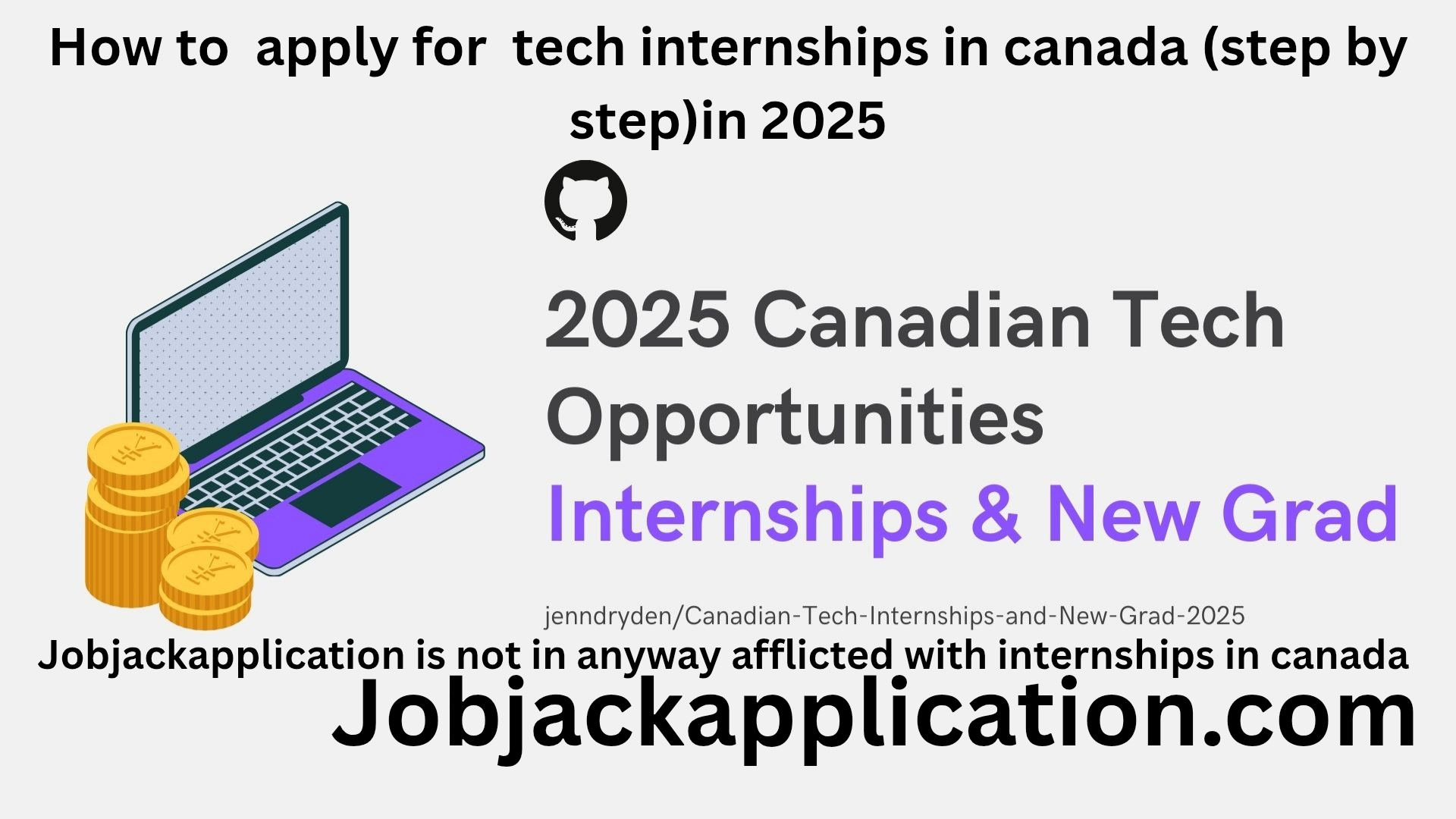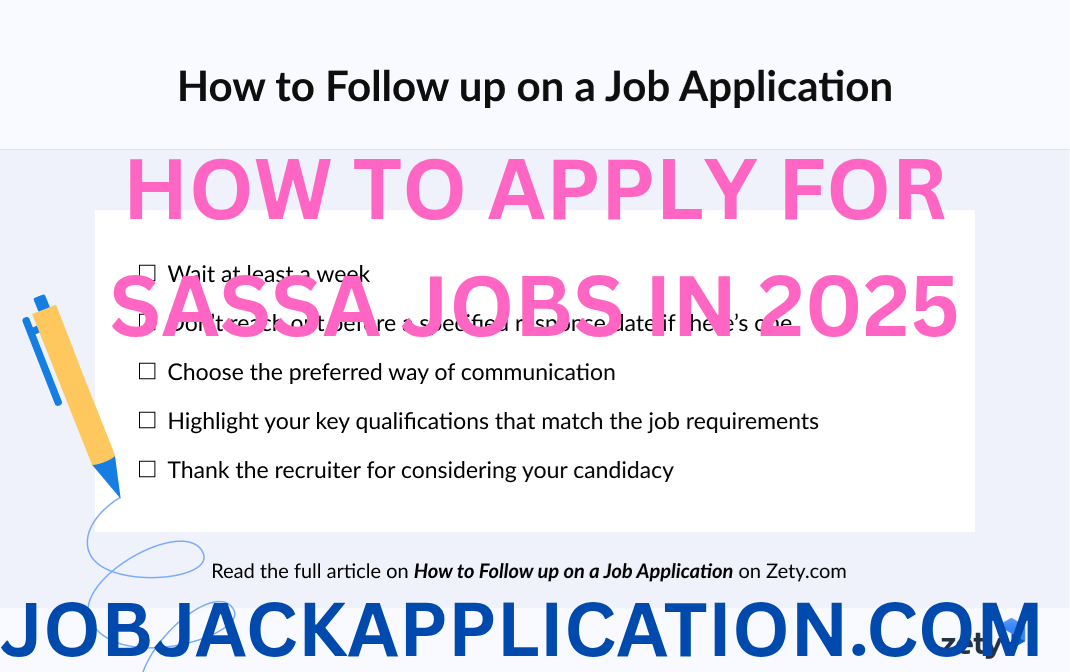Teaching internships 2025-apply online
Ready to jump into a classroom, sharpen your teaching skills, and build a resume that actually opens doors? This guide walks you through everything you need to know about teaching internships 2025-apply online — from the best programs in the US, UK and Canada, to how to write an attention-grabbing online application, interview prep, timelines, and insider tips that get results.
This is long-form, practical, and SEO-optimized, so bookmark it — you’ll want to come back. The phrase teaching internships 2025-apply online appears throughout to help searchers (and search engines!) find these exact, actionable steps.
Why apply online in 2025? (Quick overview)
Applying online is now the standard for reputable education programs and school districts — it’s fast, trackable, and often the only way internships are posted. Major programs like Teach For America offer internship and fellowship opportunities with online applications and clear deadlines. (Teach For America)
Beyond the big names, governments and large organizations publish co-op and internship listings online year-round (e.g., Government of Canada co-op pages, OECD internships, UNICEF) so you can apply directly and verify deadlines. (Canada, OECD, UNICEF)
Important reality check: the supply of high-quality internships is limited compared to student demand, so applying early, tailoring your materials, and using multiple platforms is essential. (Teen Vogue)
Quick glossary — what “teaching internship” can mean in 2025
- Student-teacher placement / practicum: Supervised teaching as part of a degree.
- Teaching internship / fellowship: Short-term paid or unpaid roles (often summer or part-time) arranged by NGOs, foundations, or programs like Teach For America/Teach First. (Teach For America, Teach First)
- Co-op / government internship: Placements through government or university co-op offices, often paid and credentialed. (Canada)
- International teaching internships: Programs that place you abroad or with international NGOs (AIESEC, Go Overseas, etc.). (AIESEC, Go Overseas)
The 12-step roadmap to secure teaching internships 2025-apply online
1) Start with the right search queries and platforms
Use exact phrases like teaching internships 2025-apply online, “education internships 2025”, “teacher internship summer 2025,” plus program names (Teach For America, Teach First, AIESEC, UNICEF). Check:
- Program sites (TFA, Teach First). (Teach For America, Teach First)
- Government portals (e.g., Canada’s co-op/internship pages). (Canada)
- Job boards (Indeed, Handshake, university career hubs). (Indeed, Indeed)
Short paragraph: save searches and set alerts — internships are often posted and filled fast.
2) Know the top programs and what they offer
- Teach For America (TFA) — Paid fellowships, internships and pre-service roles; online application steps and multi-stage selection. Typical process takes 4–6 weeks from application to decision. (Teach For America)
- Teach First (UK) — Paid training programmes and summer projects; online application with eligibility checks and interview stages. (Teach First)
- Government and NGO internships — UNICEF, OECD, national education departments often have structured internship portals with online applications. (UNICEF, OECD)
- International placement organizations — AIESEC and established internship platforms place candidates in global classrooms. (AIESEC, Go Overseas)
These programs vary by duration (weeks to two years), pay, and credentialing — read the fine print before you apply.
3) Timing: when to apply (and why earlier wins)
- Many competitive internships and fellowships have annual cycles and fixed intake windows; Teach For America adverts open in autumn for many roles, and the application-to-offer timeline can be 4–6 weeks. (Teach For America)
- Government co-op lists are active year-round but have bursary and placement deadlines. Apply early in the semester if you’re a student. (Canada)
Tip: keep a calendar for deadlines and follow target programs on LinkedIn/Twitter for instant updates.
4) Your online application toolkit — files you must have
- Resume / CV (1–2 pages): clear education, classroom experience, volunteering, and measurable impact.
- Cover letter: tailored to the program — mention classroom outcomes or projects (e.g., “improved reading scores by X%” or “designed lesson plans for Y students”).
- References: teacher supervisors, professors, or internship coordinators ready to respond quickly.
- Transcripts / certification: scanned and PDF-ready for upload.
Pro tip: save PDFs with clear filenames (e.g., JaneDoe_CV_2025.pdf) and keep a master checklist for each application portal.
5) Craft a cover letter that actually converts
- Open with a one-sentence value statement: “I help early-years learners build literacy confidence through play-based lessons.”
- Use the STAR method for examples (Situation, Task, Action, Result).
- Keep it short — 3 paragraphs for internships. Always tailor: mention the program’s mission and a direct tie to your experience.
- Upload as PDF unless the portal requests text.
6) Nail the online application form (the small details matter)
- Read eligibility before you start (some programs require residency, degree status, or clearances). (Teach First)
- Use the same spellings as on your CV.
- Proofread every field — online forms are often parsed automatically for keyword matches.
7) Prepare for virtual assessments and interviews
Many programs use virtual interviews, recorded video answers, or situational judgement tests. Practice:
- 60–90 second video answers to common prompts (why teaching, a difficult classroom moment).
- Sample situational questions: behavior management, lesson planning, cultural responsiveness.
- Use the online calendar and join interviews 5–10 minutes early with good lighting and quiet background.
Teach For America notes its online application and interview pipeline and the expected timeline. (Teach For America)
8) Build real classroom experience — even if unpaid
If you lack formal experience, volunteer or tutor locally, assist in summer programs, or join online tutoring platforms. These experiences demonstrate readiness and commitment. University career centers and local NGOs often list micro-internships and short placements.
9) Understand pay, legalities, and clearances
- Some internships are paid, some unpaid; always confirm the stipend and any travel/housing support. Programs like Teach First pay a teacher salary in the UK training pathway; many government co-ops include pay scales. (Teach First, Canada)
- Background checks, child protection clearances (DBS in UK, equivalent checks in other countries), and vaccination policies may be required. Read the program policy pages before interviewing.
10) Use school and university career services aggressively
They often have exclusive listings, help with interview practice, and can verify placement paperwork. If you’re a student, co-op credits may be available — check deadlines early. (Canada)
11) International applicants — what to check before you click “apply”
- Visa eligibility for internships and teaching placements abroad varies widely. Consult the program’s FAQs and your country’s consulate pages.
- For English-speaking programs, TOEFL/IELTS may be required if English isn’t your first language.
- Consider cultural orientation — many organizations (AIESEC, Go Overseas) provide pre-departure materials. (AIESEC, Go Overseas)
12) After the offer: paperwork, onboarding, and making the most of the internship
- Complete background checks and HR forms promptly.
- Ask for a clear learning plan or objectives so you can track outcomes.
- Keep a teaching portfolio: lesson plans, assessments, observation feedback, and a reflective journal. This portfolio is pure gold for future job applications.
Real-world examples & where to click (start here)
- Teach For America — Internships & Ignite Fellowship — apply online and review timelines and eligibility. (Teach For America)
- Teach First (UK) — Training Programme & Summer Projects — online forms and eligibility checks. (Teach First)
- Government of Canada — Co-op/Internship Program — official co-op guidance and pay rates. (Canada)
- UNICEF & OECD internship pages — international, policy-level internship offerings and application requirements. (UNICEF, OECD)
- AIESEC — global teacher internship placements — good for international classroom exposure. (AIESEC)
Insider checklist: What to track for every online application
- Program name & URL
- Deadline (local timezone)
- Documents required (CV, cover letter, transcripts)
- References — names & contact details
- Assessment format (video, situational judgment test)
- Expected decision timeline
- Background check requirements
- Stipend/housing/travel benefits
Track this in a simple spreadsheet; treat each application like a mini project.
Sample 250-word cover letter (paste & adapt)
Dear [Program Name] Team,
I’m a third-year Education student at [University] with two summers of classroom tutoring experience and a passion for literacy development. During a 2024 volunteer placement I designed a small-group reading intervention that raised reading fluency for participants by measurable steps, and I’m excited to bring that hands-on mindset to the [Program Name] internship. I’m particularly drawn to your focus on [program mission/initiative], and I’d welcome the chance to support teachers, learn evidence-based pedagogies, and contribute immediately. Thank you for considering my application.
Warm regards,
[Your Name] — [Phone] — [Email] — [LinkedIn]
Short paragraph: tailor the bracketed parts and include one quantifiable result where possible.
Dealing with competition: smart strategies that work
- Apply to 10–20 targeted opportunities rather than shotgun-applying to hundreds. Quality > quantity.
- Use keywords from job descriptions in your CV and online form answers (but never lie). Online systems sometimes filter by keywords.
- Get a referral if possible — alumni, professors, or previous supervisors who can vouch for you.
- Keep practicing: each online application and interview makes you better.
Remember: demand outstrips supply in many regions — be persistent and diversify your applications (local schools, NGOs, short-term projects). (Teen Vogue)
Accessibility, diversity, and fair access — what to know in 2025
Many programs are actively trying to increase access for underrepresented candidates. Check program pages for bursaries, travel support, or targeted outreach initiatives if finances are a barrier. Programs often list eligibility and accessibility supports on their sites. (Teach For America, Teach First)
Top mistakes to avoid when you teaching internships 2025-apply online
- Submitting a generic cover letter.
- Uploading image files or Word docs when the portal requests PDF.
- Missing or late references.
- Not reading eligibility (residency/degree status). (Teach First)
- Forgetting to follow up (a polite 2-week follow-up email is okay).
Tools and resources to speed your application
- University career portals and co-op offices (for students). (Canada)
- LinkedIn — follow program pages and recruiters.
- Interview practice platforms (mock video recordings) and sample situational questions.
- Local education NGOs and volunteer centers for quick classroom experience.
FAQ: Quick answers to common questions
Q: Are teaching internships paid?
A: Some are paid, some unpaid. Large training programs and government co-ops often offer pay or stipends; always check the program page. (Teach First, Canada)
Q: Do I need a degree to apply?
A: It depends — student placements and co-ops are for enrolled students; some fellowships require a degree or degree-in-progress. Read eligibility carefully. (Teach First)
Q: How competitive are these internships?
A: Very competitive for high-profile fellowships; overall internships can be fewer than interested students, so apply early and widely. (Teen Vogue)
Final checklist before you hit SUBMIT (one last scan)
- [ ] CV saved as PDF, filename obvious
- [ ] Cover letter customized (3 paragraphs max)
- [ ] References informed and ready
- [ ] All fields double-checked and spell-checked
- [ ] Portfolio or 1–2 sample lesson plans attached if requested
- [ ] Application submitted before the local deadline (convert time zones!)
Quick links (start applying now)
- Teach For America — Internships & Ignite Fellowship. (Teach For America)
- Teach First UK — Apply & Summer Projects. (Teach First)
- Government of Canada — Post-Secondary Co-op/Internship Program. (Canada)
- UNICEF Internships and OECD internships. (UNICEF, OECD)
- AIESEC Global Teacher internships. (AIESEC)
Parting words — your short pep talk
Teaching internships can be transformational. They give you classroom experience, mentorship, and stories that make you more employable. The reality is competitive — but precise, early, and tailored online applications beat slow, generic ones every time. Use the teaching internships 2025-apply online keyword as your search anchor, follow the 12-step roadmap above, and treat each application like a micro-project you can improve on.








Leave a Reply